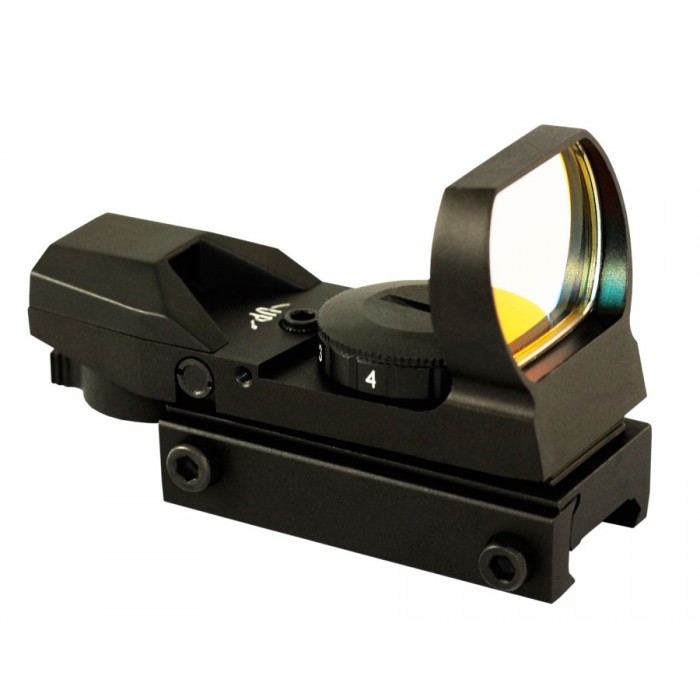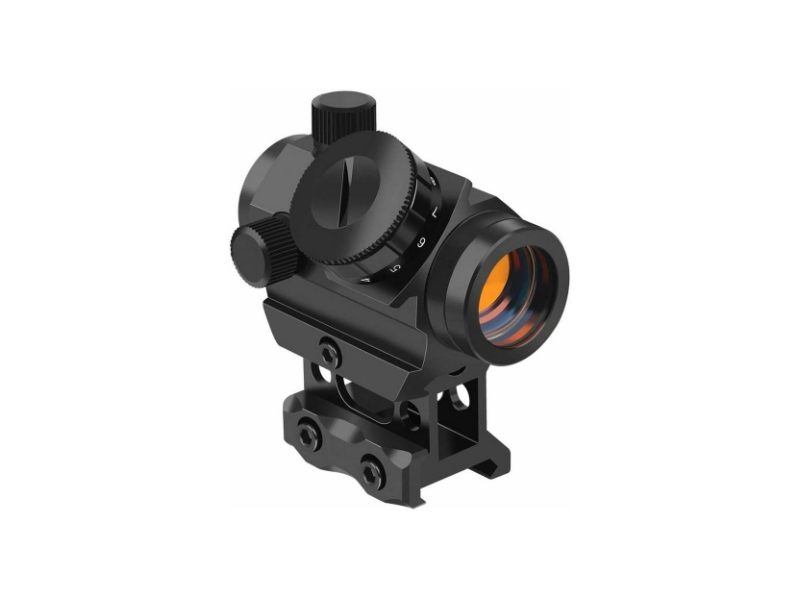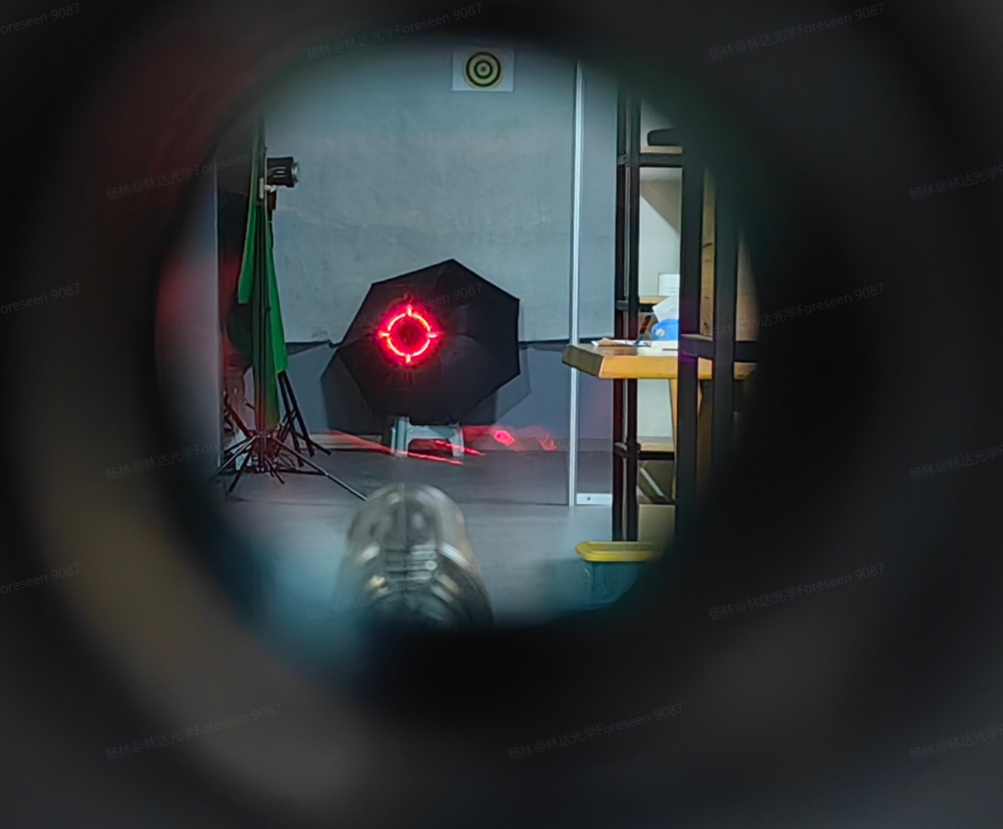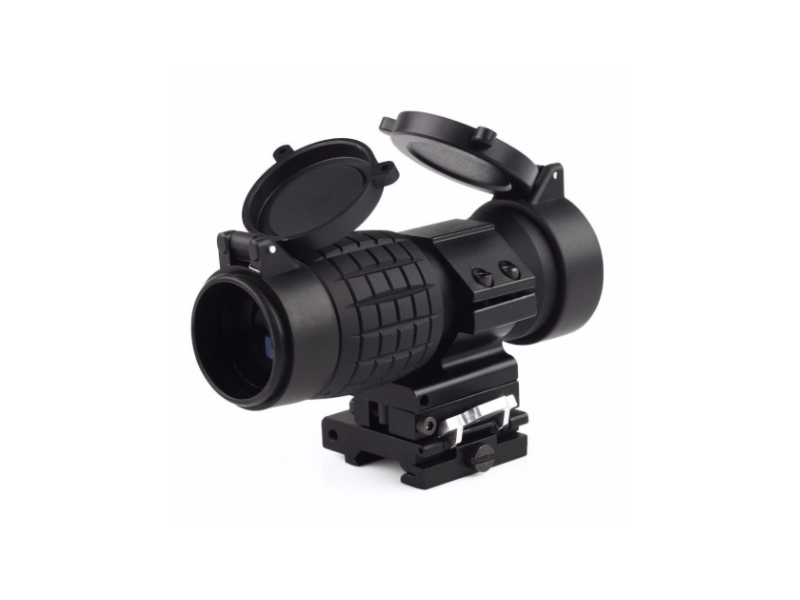When it comes to modern firearm optics, shooters are often faced with an overwhelming array of choices. Among the most popular are red dot, reflex, and holographic sights. Each of these sights offers unique features, benefits, and drawbacks, making the selection process challenging for both beginners and seasoned shooters. Whether you’re a hunter, a competitive shooter, or a tactical professional, understanding the differences among these sight types is crucial to optimizing your performance. This article delves into the intricacies of red dot, reflex, and holographic sights, helping you decide which one suits your needs best.
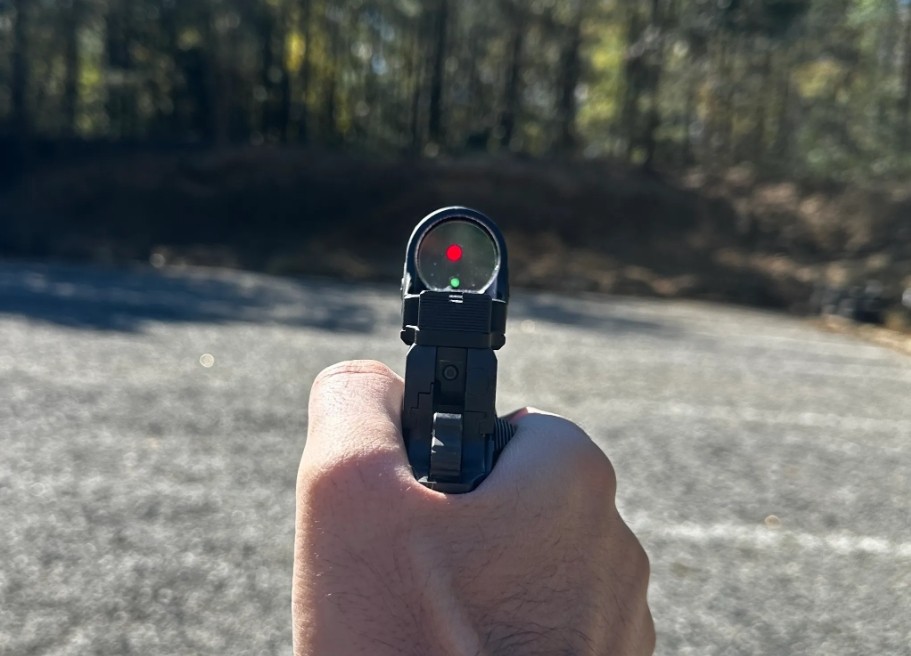
What Are Red Dot, Reflex, and Holographic Sights?
The relationship among red dot, reflex, and holographic sights lies in their shared purpose and functional similarities. All three are optical sights designed to improve aiming speed and accuracy by providing a clear, illuminated aiming point.
Red Dot Sights
Red dot sights are non-magnifying optical devices that use a red LED to project a dot onto a lens, providing a clear aiming point. The dot appears to float on the target, allowing for rapid target acquisition with both eyes open. They are known for their simplicity and ease of use and widely used across various shooting disciplines.
Reflex Sights
Reflex sights are a type of red dot sights that use an LED emitter and a reflective lens to project the reticle. The emitter is typically positioned below the lens, creating a streamlined and compact design. The design allows light to reflect off a specially coated lens, creating the reticle visible to the shooter. While all holographic sights are technically reflex sights, the term “reflex sight” often refers to those with a simple LED-projected dot.
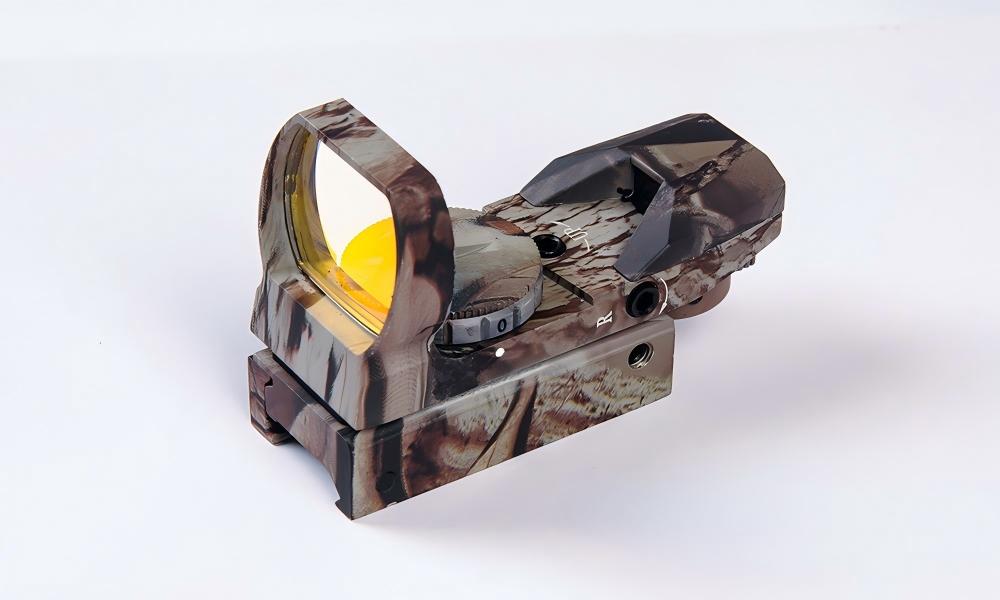
Holographic Sights
Holographic sights use advanced technology(holography) to to create a more complex and precise reticle, then projected onto the lens. Unlike reflex sights, the reticle is not projected onto the lens but rather created through holographic imaging. Unlike red dot sights, the reticle in a holographic sight is a three-dimensional image, offering potential advantages in terms of parallax and reticle stability. Holographic sights are prized for their precision and ability to maintain an accurate aiming point even if the glass is partially obscured.

In summary, reflex sights are a subset of red dot sights, while holographic sights stand apart due to their distinct technology and design. All three share a common goal of improving shooting performance but cater to different preferences and needs within the shooting community.
Differences Among Red Dot, Reflex, and Holographic Sights
Here we summarize the key differences between red dot, reflex, and holographic sights across various aspects.
| Feature | Red Dot Sights | Reflex Sights | Holographic Sights |
| Technology/Design | LED emitter projects dot onto lens. Simple design. | LED emitter below lens, compact design. Subset of red dots. | Laser diode and holographic grating create reticle image. More complex. |
| Reticle Appearance/Precision | Simple red dot (various sizes). Some models offer circle-dot. Good precision, size can impact long-range accuracy. | Typically a simple red dot. Precision similar to red dots. | Wider range of reticle options, often clearer and sharper. Potentially higher precision. |
| Field of View (FOV) | Wide and open, no internal obstructions. | Wide and open, similar to red dots. | Generally good, but sometimes feels slightly less open than red dots. |
| Accuracy/Parallax | Parallax present, but often negligible at typical ranges. | Parallax present, similar to red dots. | Often touted as having superior parallax correction, though practical significance is debated. |
| Durability/Build Quality | Varies widely by brand/model. Many are robust. | Varies by brand/model, often similar to red dots. | Generally considered highly durable due to robust construction. |
| Battery Life | Long battery life common (thousands of hours). Varies by model and brightness. | Long battery life common, similar to red dots. Varies by model and brightness. | Typically shorter battery life than red dot sights due to laser diode. |
| Cost/Availability | Wide range of price points, readily available. | Wide range of price points, readily available. | More expensive than red dots due to complex technology. |
| Ideal Applications | General-purpose shooting, hunting, and home defense. | Lightweight firearms, close to medium-range engagements. | Tactical scenarios, competitive shooting, and situations requiring high precision. |
Each sight type—red dot, reflex, and holographic—caters to different needs and preferences. While red dot and reflex sights excel in simplicity, affordability, and efficiency, holographic sights stand out for their advanced features and precision. Understanding these distinctions allows shooters to select the optic that best complements their intended use, firearm type, and shooting style.

Choosing the Right Sight for You
Choosing the right optic isn’t a one-size-fits-all decision. It depends heavily on your individual needs, budget, and intended use. Here’s a more detailed breakdown to guide your selection:
Assess Your Shooting Purpose:
For general shooting or recreational use, a red dot sight provides excellent performance at an affordable price.
If you need a lightweight and compact option, particularly for handguns or small firearms, a reflex sight is ideal.
For tactical applications, competitive shooting, or situations where extreme precision is required, holographic sights are the optimal choice due to their advanced features and parallax-free performance.
Consider Your Budget:
Red dot sights are the most budget-friendly, making them suitable for beginners and those looking for cost-effective solutions.
Reflex sights fall into a similar price range but may cost slightly more depending on design and quality.
Holographic sights are significantly more expensive, so ensure that their advanced capabilities align with your needs before investing.
Evaluate Environmental Conditions:
If you’re operating in harsh conditions or need maximum durability, prioritize high-quality holographic sights.
For more controlled environments or light-duty use, red dot and reflex sights offer sufficient robustness.
Prioritize Battery Life:
If extended usage without frequent battery replacement is critical, red dot and reflex sights are better choices due to their energy efficiency.
Holographic sights, while technologically superior, require more frequent battery changes.
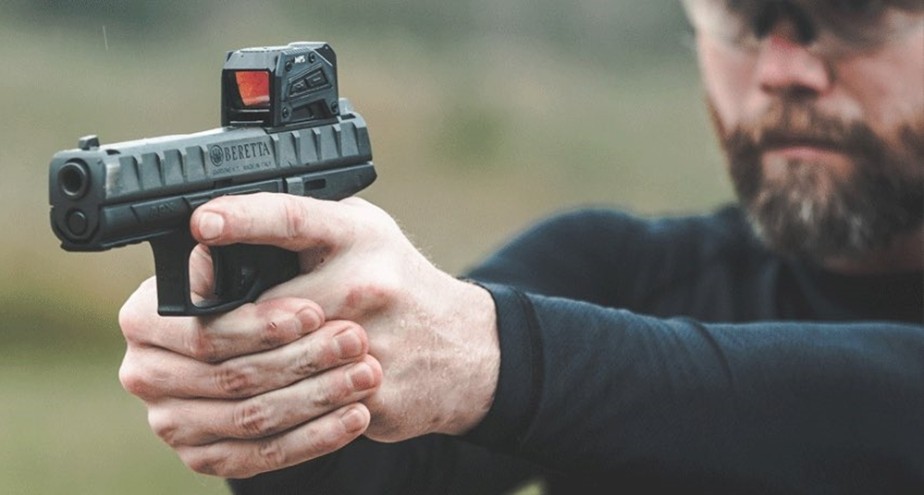
Match the Sight to Your Firearm:
For rifles or AR platforms, any of these sights can work, depending on your range and precision needs.
For handguns, reflex sights are often the best fit due to their compact and lightweight design.
For shotguns, consider the application—a red dot or reflex sight works well for hunting and home defense, while holographic sights excel in tactical scenarios.
By carefully considering these factors, you can narrow down your choices and select the red dot, reflex, or holographic sight that best suits your individual needs and shooting requirements. Don’t rush the decision. Take your time, do your research, and choose the optic that will help you achieve your shooting goals. If you need some advice on your choice, feel free to ask us.


